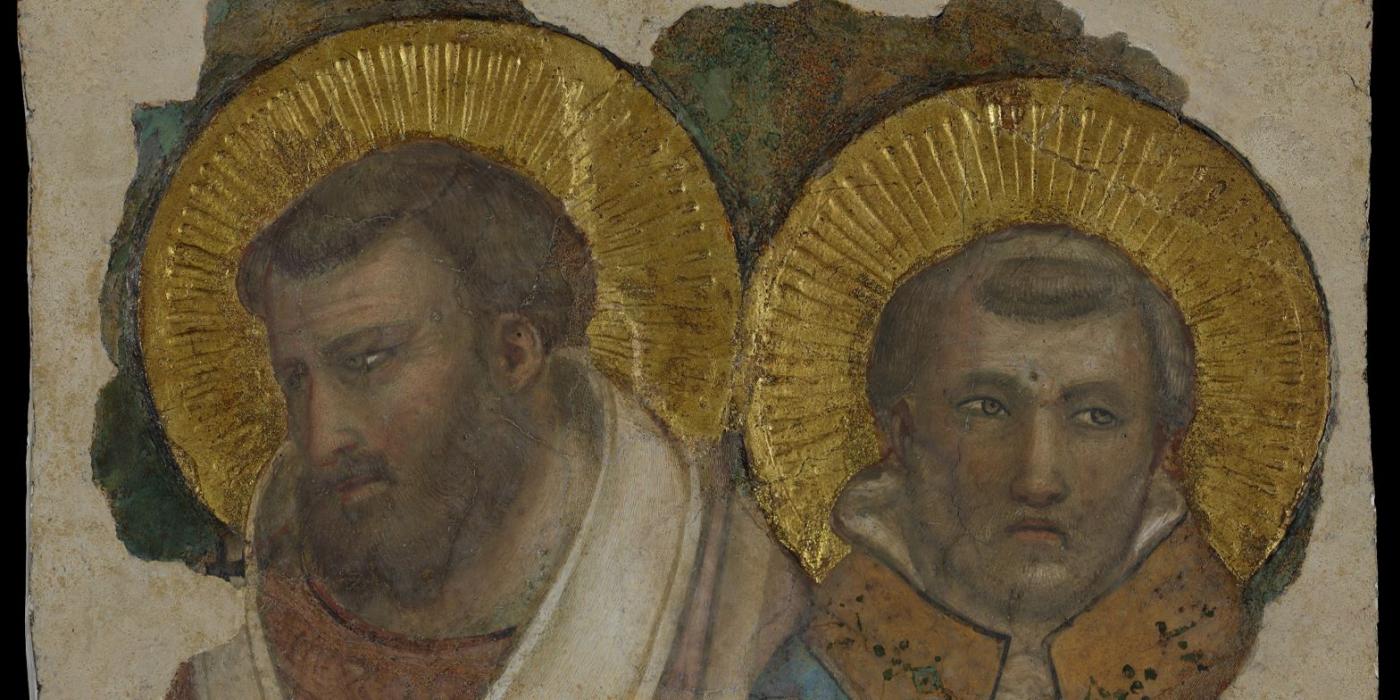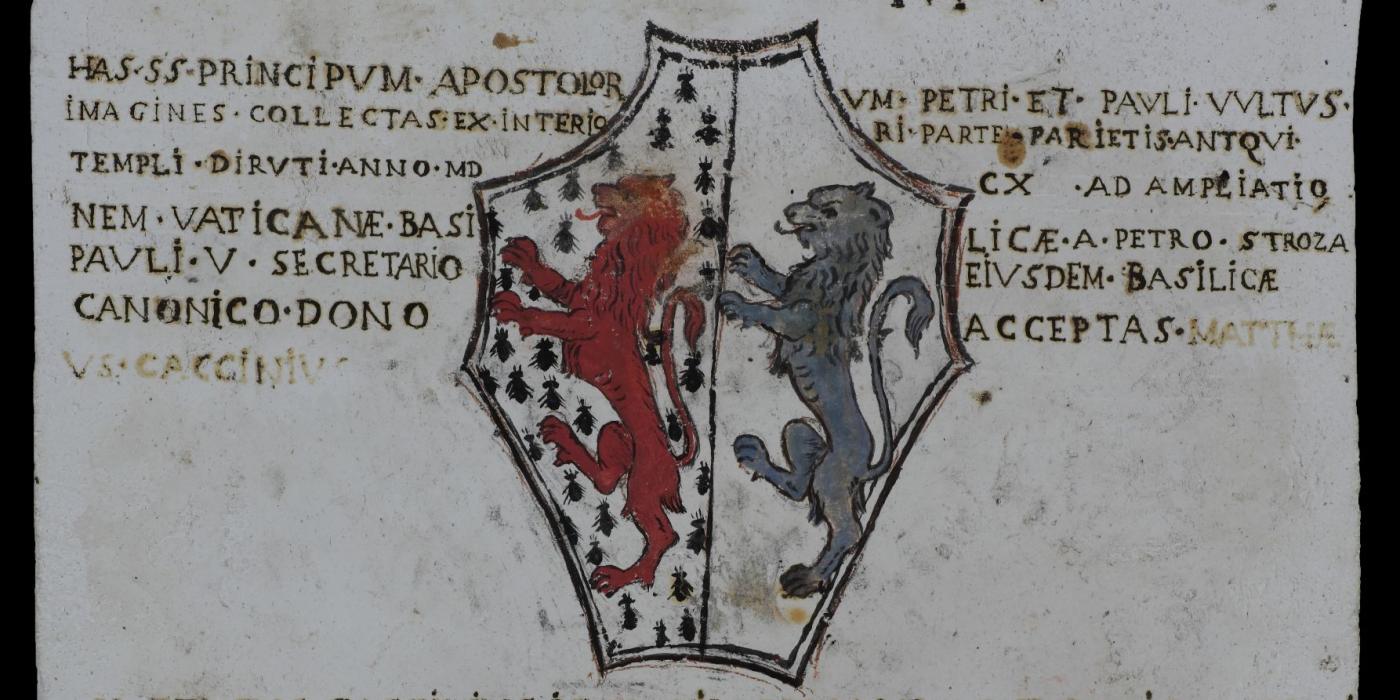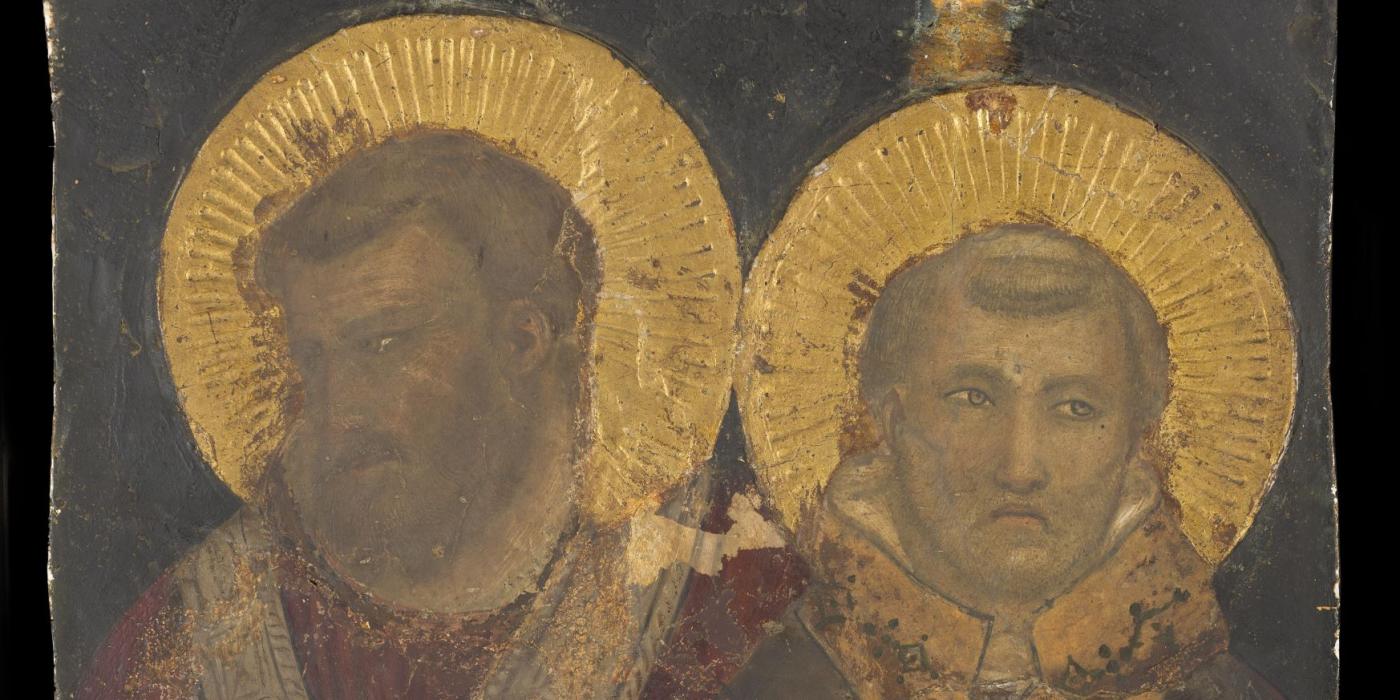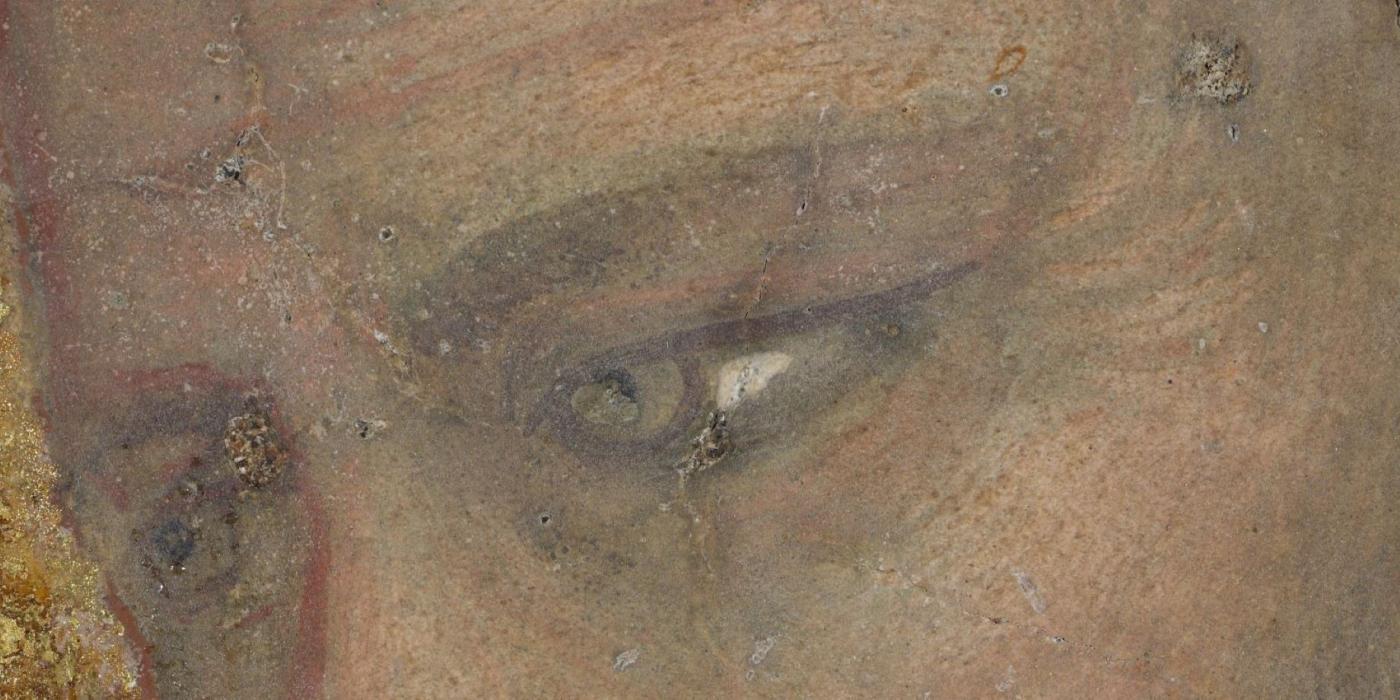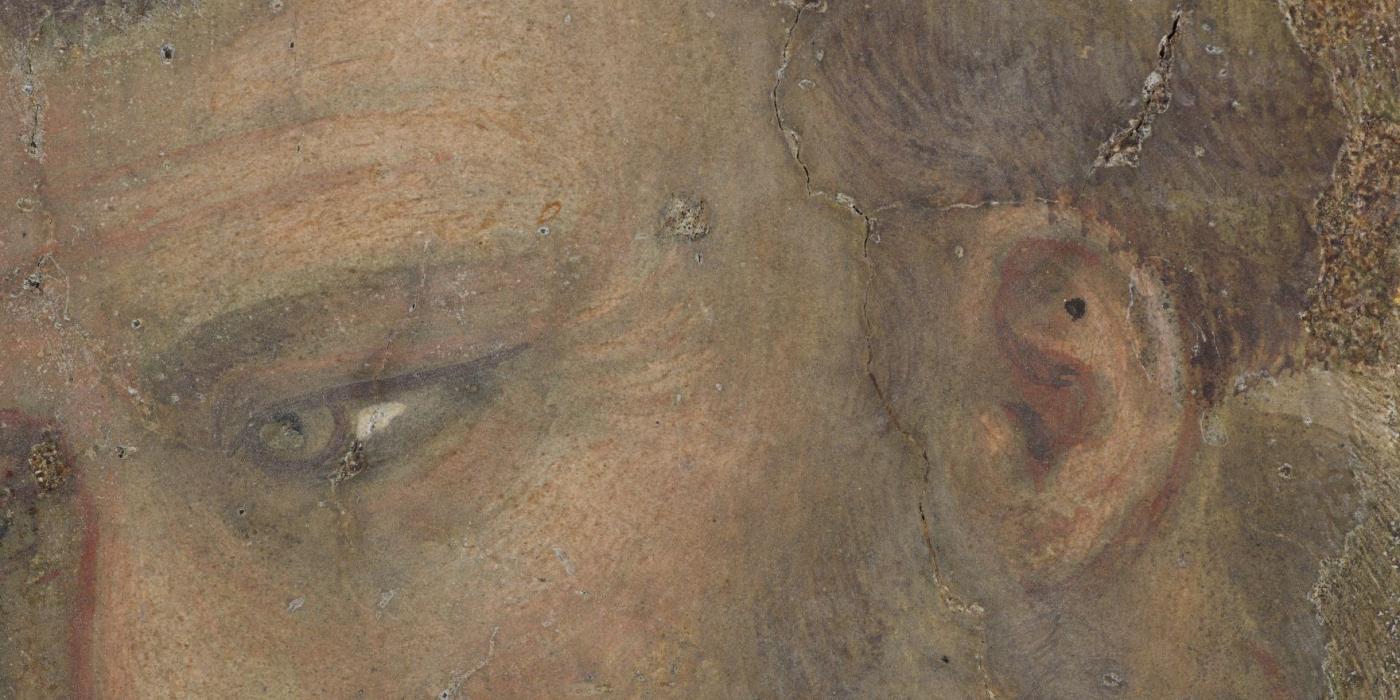IN THE FOOTSTEPS OF GIOTTO IN ROME: The Vatican Fragment
The Opificio delle Pietre Dure Museum, as part of the "Caring for Art. Restorations on Display" series, hosts the so-called Vatican Fragment, the only remnant of the cycle of mural paintings that Giotto and his followers created in the first quarter of the 14th century in the ancient St. Peter's Basilica in the Vatican. It is a work of exceptional historical and artistic value and it is now fully accessible after a complex restoration project conducted by the Opificio delle Pietre Dure between 2016 and 2019.
The Vatican Fragment represents a rare testimony to Giotto's Roman activity: it is a detached portion of a mural painting depicting two saints long mistakenly identified as St. Peter and St. Paul.
The history of this fragment is fascinating and marked by a complex stratification of materials and memories. The ancient St. Peter's Basilica, erected in the early centuries of Christianity, was progressively demolished starting from the 16th century to make way for the project by Bramante and Michelangelo. Of the fourteenth-century mural decoration entrusted to the most important painter of the time and whose memory is handed down in the sources, this fragment is the only material testimony, having survived for its testimonial and devotional value and therefore preserved over time with great care.
An inscription on the back records how, in 1610, the work was donated by Pietro Strozzi, canon of the Vatican Basilica and secretary to Pope Paul V, to Matteo Caccini. Recognizing its importance, Caccini had it decorated and displayed for worship - we do not know where - in 1625.
Beginning in 2016, the Opificio delle Pietre Dure undertook a meticulous diagnostic investigation, followed by a careful restoration. The intervention focused on removing overpainting and patinas that had accumulated over the centuries, which had gradually compromised the piece's legibility, obscuring the refinement of the original painting. Thanks to the cleaning, delicate and extremely fine layers of paint were brought to light.
The exhibition offers a unique and unmissable opportunity to admire a virtually unseen Giotto fragment, as well as to experience firsthand the results of a rigorously scientific study, conservation, and enhancement project.
The Vatican Fragment represents a rare testimony to Giotto's Roman activity: it is a detached portion of a mural painting depicting two saints long mistakenly identified as St. Peter and St. Paul.
The history of this fragment is fascinating and marked by a complex stratification of materials and memories. The ancient St. Peter's Basilica, erected in the early centuries of Christianity, was progressively demolished starting from the 16th century to make way for the project by Bramante and Michelangelo. Of the fourteenth-century mural decoration entrusted to the most important painter of the time and whose memory is handed down in the sources, this fragment is the only material testimony, having survived for its testimonial and devotional value and therefore preserved over time with great care.
An inscription on the back records how, in 1610, the work was donated by Pietro Strozzi, canon of the Vatican Basilica and secretary to Pope Paul V, to Matteo Caccini. Recognizing its importance, Caccini had it decorated and displayed for worship - we do not know where - in 1625.
Beginning in 2016, the Opificio delle Pietre Dure undertook a meticulous diagnostic investigation, followed by a careful restoration. The intervention focused on removing overpainting and patinas that had accumulated over the centuries, which had gradually compromised the piece's legibility, obscuring the refinement of the original painting. Thanks to the cleaning, delicate and extremely fine layers of paint were brought to light.
The exhibition offers a unique and unmissable opportunity to admire a virtually unseen Giotto fragment, as well as to experience firsthand the results of a rigorously scientific study, conservation, and enhancement project.
Hinweise für den Zutritt:
Direkter Einlass über den Kartenschalter und Einfügung in das erste verfügbare Zeitfenster für den Besuch.
Letzter Einlass eine halbe Stunde vor Schließung.
Photo gallery
